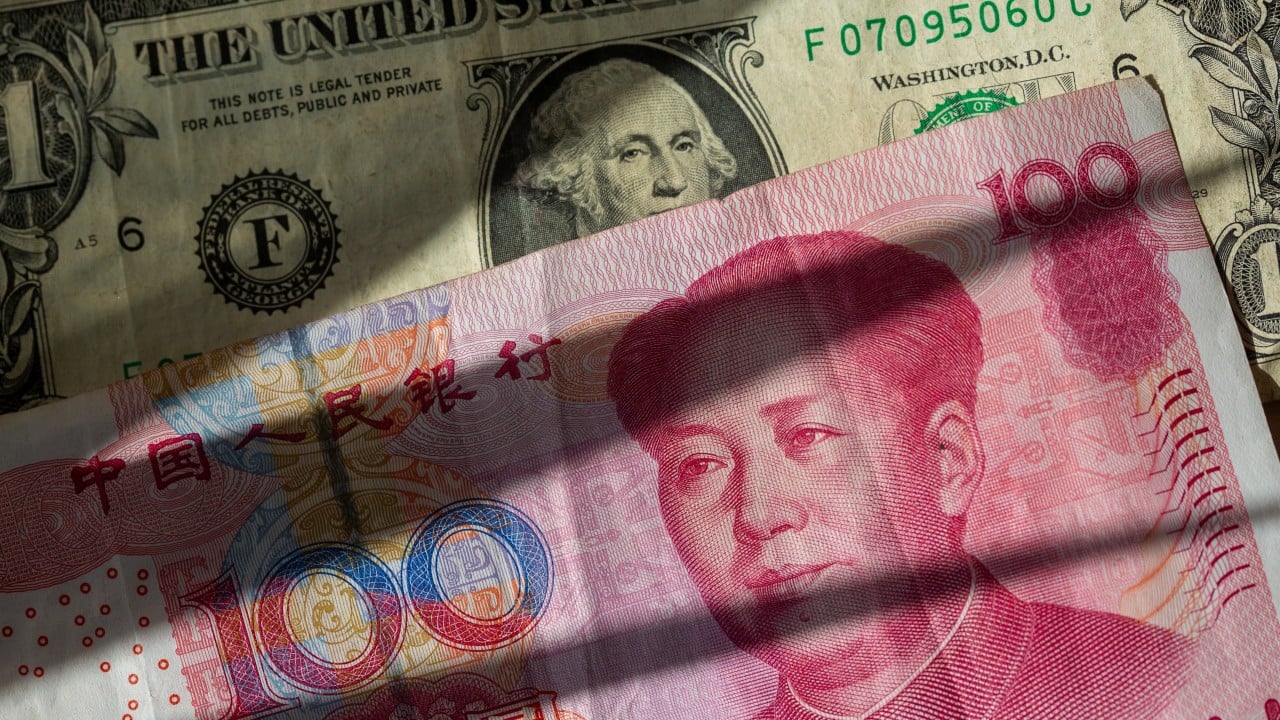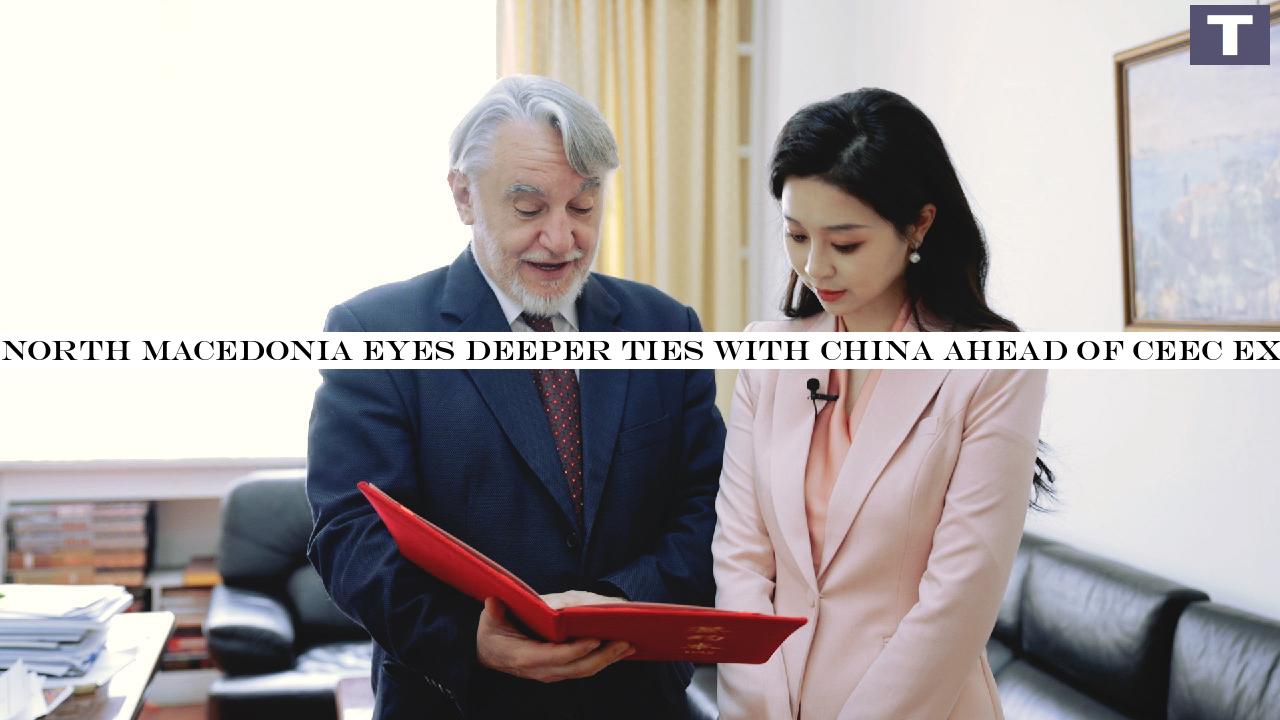
Editors Note: Sun Taiyi is an associate professor of political science at Christopher Newport University, United States.
He is also the executive editor of the Global Forum of Chinese Political Scientists main publication, Global China.
The article shows the authors viewpoints and not always those of CGTN.The joint statement launched by China and the U.S.
in Switzerland to considerably downsize tariffs –-- by approximately 115 portion points from each others rates –-- is a significant breakthrough, far going beyond the expectations of elites in both Beijing and Washington.
Yet in hindsight, it might have been the only feasible result all along.
A smaller sized decrease –-- say, to the 80 percent level formerly drifted by President Donald Trump through social media –-- would have been entirely unrealistic from Beijings point of view.
Tariffs at 80 percent or greater are effectively identical to a trade embargo and would not have represented a meaningful shift in practice.
On the other hand, cutting tariffs below the agreed-upon level would likely have actually activated a reaction from many of Americas allies and stopped working to please the China hawks in Washington.
If the U.S.
positions itself as being in strategic competitors with China, it would be diplomatically awkward –-- if not politically harmful –-- for Beijing to deal with lower tariffs than some of Americas closest partners.Markets responded with frustrating positivity.
Major stock indexes increased roughly three percent on the day of the announcement.
Especially significant was U.S.
Treasury Secretary Scott Bessents remark that neither side wanted decoupling an extremely real possibility had the China-U.S.
joint statement not emerged.
The establishment of a bilateral system, with plainly recognized representatives on both sides to talk about trade and financial problems, likewise lays a structure for sustained engagement and progress.Still, regardless of these encouraging advancements, the joint declaration released by China and the U.S.
remains inadequate.
Trade barriers in between the 2 countries were currently high before Trumps second term, and the Biden administration left the majority of the preliminary tariffs intact –-- fearing that any reduction might bring political costs.
In effect, the present situation mirrors the Trump administration imposing a 30 percent extra tariff on China, with the possibility of another 24 percent increase in 90 days if further development is not made.
If 20 percent of that figure is attributed entirely to fentanyl-related issues, then Chinas present position looks like that of other nations that have yet to reach any trade deal with the U.S.
Had this technique been revealed on April 2, markets would likely have actually reacted adversely; it is only by comparison to the much worse option that the present China-U.S.
joint declaration appears reasonable.Moreover, fixing the fentanyl problem will be difficult.
The U.S.
has thus far declined to acknowledge the measures China has currently taken, while continuing to put the blame squarely on Beijing.
At the same time, many in China see the opioid crisis as essentially an American problem, and do not feel obligated to contribute additional resources.
This divergence in views further complicates the course forward.
The latest U.S.
demands concerning fentanyl cooperation are extensively related to in Beijing as neither practical nor practical.
Thus, although counter-narcotics remains a location of potential collaboration, real progress is most likely to stay elusive for the foreseeable future.The Trump administrations original goals for introducing the worldwide tariff war were threefold: to enhance U.S.
bargaining power by creating brand-new utilize, to incentivize the return of manufacturing to the United States, and to help balance the federal budget.
When tariffs are set at excessively high levels, they end up being ineffective as a source of income.
However when tariffs are minimized –-- while still staying significant –-- they can create a more consistent revenue stream.
In this sense, the recent policy adjustment might reflect a shift in prioritization toward earnings collection instead of a fundamental change in method, even if the actual profits produced stays negligible in the context of the total U.S.
budget.Furthermore, the Trump administration might only be inclined to show goodwill during minutes of economic vulnerability –-- when inflation is rising, shop shelves are thinning out, and instability in the stock, bond and currency markets is undermining investor self-confidence.
In such conditions, the U.S.
becomes a less attractive destination for capital, the dollars international status is compromised, and loaning costs increase, particularly with a substantial volume of federal government bonds set to mature.This is exactly why the development accomplished thus far need to be built upon –-- so that it does not become merely a flash in the pan.
Nominal trade barriers remain high, and core demands from both sides are still unresolved.
A 90-day window is hardly sufficient to deal with the intricacy of the China-U.S.
financial relationship.Nevertheless, this moment must be recognized for what it is: a substantial step forward.
The world may have narrowly prevented an economic downturn.
China-U.S.
relations appear to be going back to a more useful trajectory, and economic stress have –-- up until now –-- not spilled into more unsafe geopolitical domains.Fingers crossed.

 17
17




















